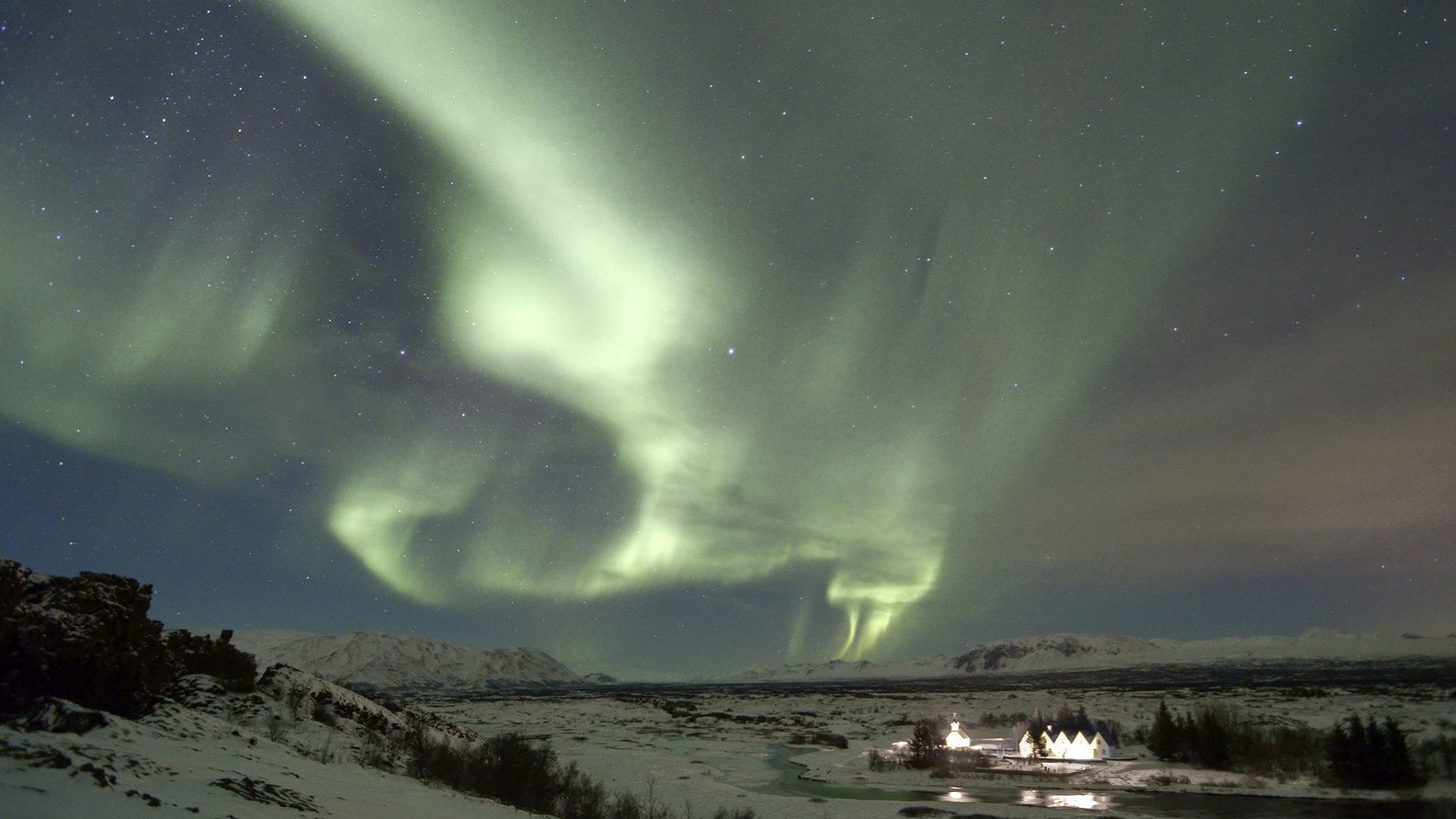The Earth’s core works like a giant bicycle dynamo in reverse.
This article is suitable for Year 4 and 6 Physics students learning about magnetism, electrical current or forces. It is also suitable for Year 9 Earth and Space students learning about plate tectonics.
Word Count: 271

Travelling to see the Northern or Southern lights has made its way into almost everyone’s bucket list. But unknown to most, these beautiful displays of light are caused by dangerous cosmic rays that have been deflected by our Earth’s magnetic field.
Magnetic fields around planets behave in the same way as a bar magnet. But at high temperatures, metals lose their magnetic properties. So it’s clear that Earth’s hot iron core isn’t what creates the magnetic field around our planet.
Instead, Earth’s magnetic field is caused by a dynamo effect.
The effect works in the same way as a dynamo light on a bicycle. Magnets in the dynamo start spinning when the bicycle is pedalled, creating an electric current. The electricity is then used to turn on the light.
This process also works in reverse. If you have a rotating electric current, it will create a magnetic field.
On Earth, flowing of liquid metal in the outer core of the planet generates electric currents. The rotation of Earth on its axis causes these electric currents to form a magnetic field which extends around the planet.
The magnetic field is extremely important to sustaining life on Earth. Without it, we would be exposed to high amounts of radiation from the Sun and our atmosphere would be free to leak into space.
This is likely what happened to the atmosphere on Mars. As Mars doesn’t have flowing liquid metal in its core, it doesn’t produce the same dynamo effect. This left the planet with a very weak magnetic field, allowing for its atmosphere to be stripped away by solar winds, leaving it uninhabitable.

Years: 4, 6, 9
Login or Sign up for FREE to download a copy of the full teacher resource





